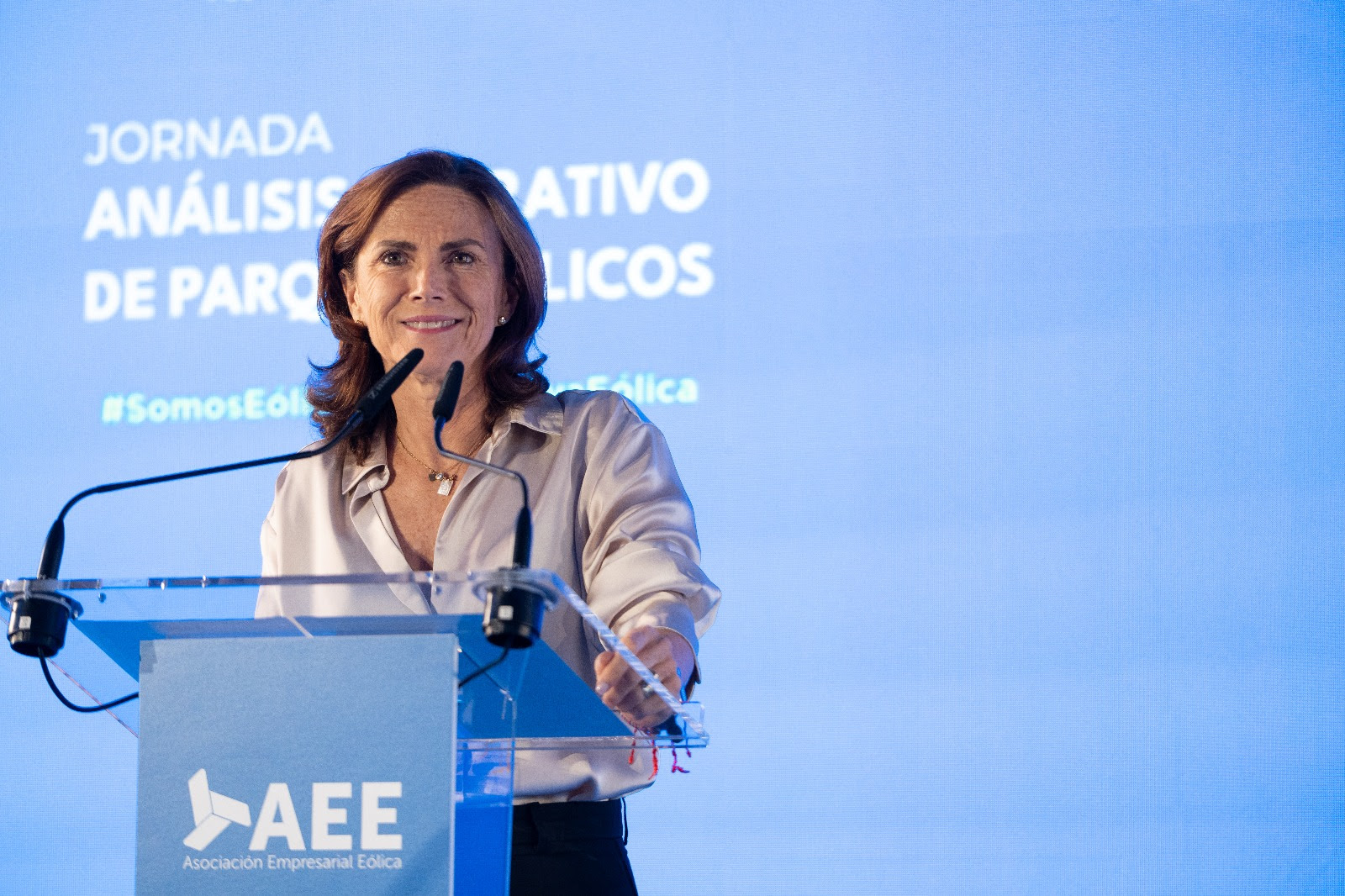With 23% demand coverage, wind power is the leading technology since 2021 and consolidates its role in ensuring a competitive, sustainable energy system with European DNA. It is a pillar of national competitiveness, thanks to the more than 40,000 direct and indirect jobs in Spain and a fully consolidated supply chain.
“Preserving this value chain is more necessary than ever in a geopolitical context in which Europe must strengthen its strategic autonomy,” highlighted Rocío Sicre , president of the Wind Energy Business Association (AEE) , adding: “We are facing global challenges that we cannot ignore: the growing pressure from the Chinese industry competing with low costs, or the global tariff war between strategic markets such as the United States, among others. These factors test the resilience of our industrial fabric, where the operation of wind farms also plays a decisive role here in continuing to keep this value chain active, generating new opportunities and defending a strong, competitive and sustainable industrial model.”
Spain is moving toward a renewable electricity system aligned with European commitments to climate neutrality by 2050. “It is urgent to accelerate the electrification of demand and advance a balanced generation mix for all technologies, under sustainable financial and technical conditions,” Sicre said.
Regarding this point, he maintained that “the development of new wind energy projects faces excessively long processing times that jeopardize the achievement of growth objectives. To reverse this, we need agile, transparent, and coherent mechanisms between administrations that allow for reducing processing times and providing investment security. We will not cease to insist on the need for a stable regulatory framework with single, coherent legal interpretations that offer certainty to investments, as well as the need to transpose the concept of Overriding Public Interest applied to wind energy projects.”
Among the challenges facing the wind energy sector in terms of growth in our country, Sicre highlighted 10 priorities that outline a roadmap for the coming years:
- a necessary acceleration of the electrification of demand;
- move towards a balanced generation mix, with sustainable technical and financial conditions;
- increase the pace of processing new wind farms;
- promote the upgrading of older parks;
- achieve efficient storage deployment as a necessary tool for system operation;
- legal certainty and regulatory stability;
- prevent wind projects from being halted in advanced stages of processing;
- social and territorial awareness, promoting offshore wind power on our coasts;
- defense of the European value chain;
- and develop a regulatory framework on biodiversity that is reasonable with the coexistence of wind energy and its environment.
According to the President of the AEE, “it is necessary to guarantee legal security for investments with a stable regulatory framework featuring single and coherent legal interpretations, offering certainty to investments. It is a priority to enforce the rulings of the CJEU and the Supreme Court in Galicia in favor of wind energy projects and the processing carried out by the Xunta de Galicia to unlock more than 2,800 MW—more than €3.5 billion in investments—that have been paralyzed by the TSXG for the past three years.”
Repowering will significantly increase wind production with a lower environmental and territorial impact, although for the leader, “it’s not taking off at the pace it should.” It faces an even more complicated permitting process than a new wind farm, with multiple risks and with improved business case outcomes that aren’t always clear.
Therefore, the sector is calling for regulatory tools that enable a pace of repowering, with a focus on differential environmental impact and a sense of the economic and accounting reality of these facilities.
On the other hand—and in parallel—they emphasize that it is key to continue implementing operating strategies that allow for extending the useful life of wind turbines with full guarantees of safety and reliability. Both paths—repowering and life extension—require knowledge, investment, and planning. And above all, the owner’s freedom to choose the best future strategy for their asset.






























